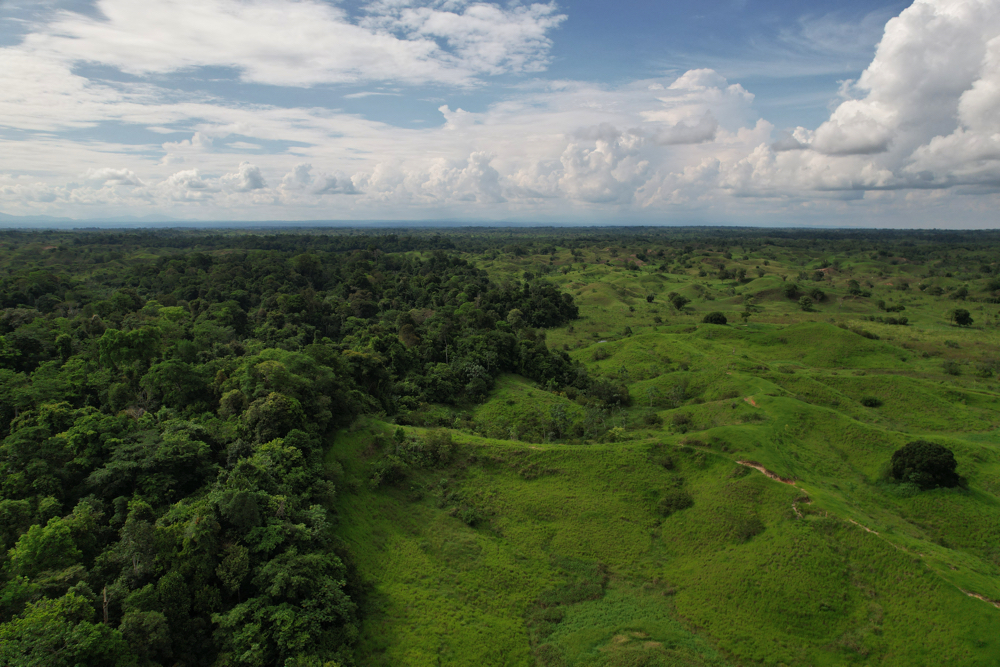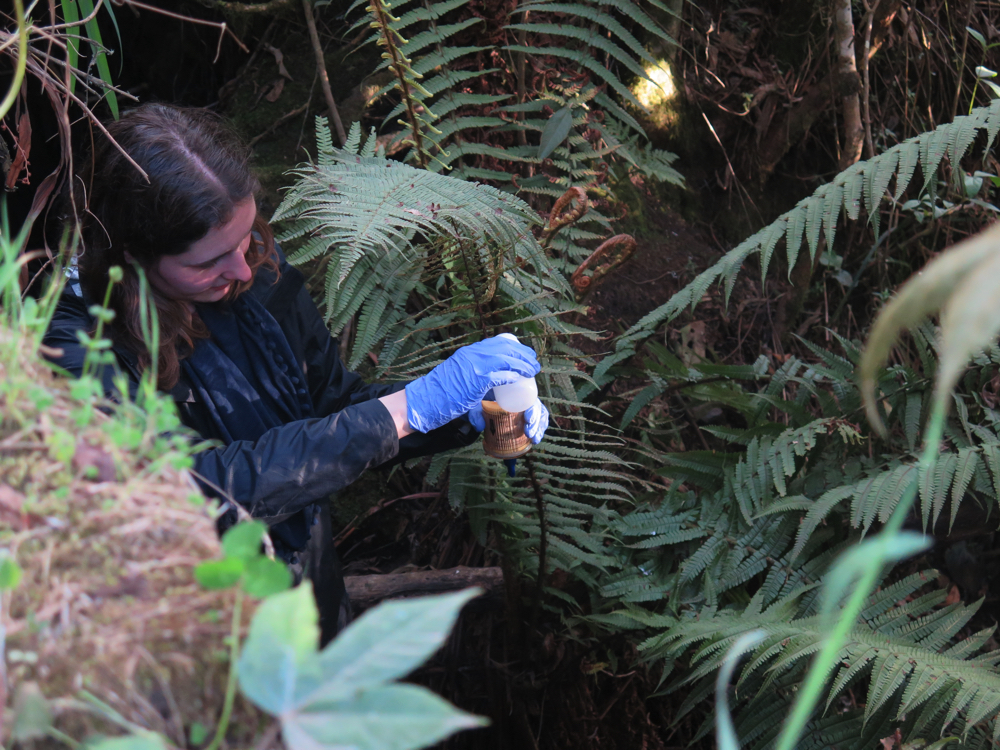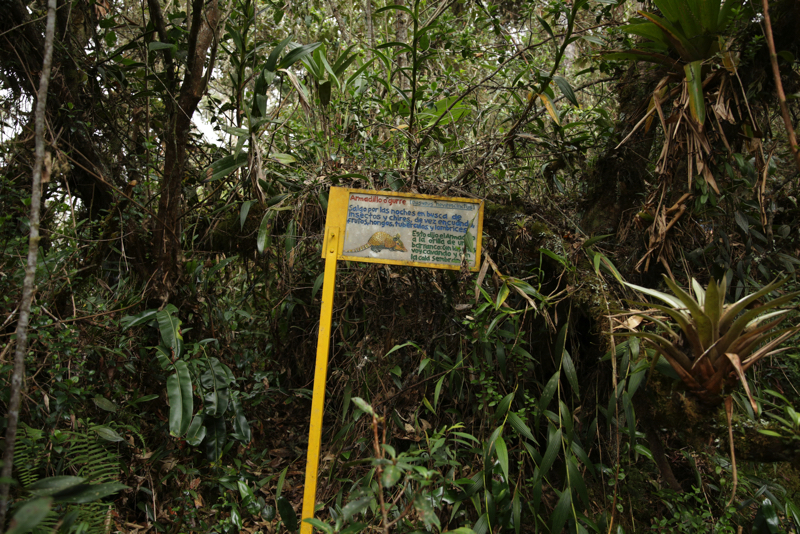Monitoring ecosystem restoration with eDNA
The overarching goal of forest restoration projects, which often involve passive regrowth and planting of natural vegetation, is to bring a degraded ecosystem back to the reference condition of an old-growth forest. One of the crucial aspects of ecosystem recovery is re-assembly of faunal communities that help to restore ecosystem function. However, due to the lack of robust empirical evidence, understanding of the drivers and mechanisms involved in this process remains limited. To fill this knowledge gap, rapid and easy-to-apply biodiversity monitoring protocols are urgently needed.

In this project, we apply methods based on environmental DNA (eDNA) to advance terrestrial biodiversity monitoring, especially in the context of forest ecosystem recovery. Several studies have shown that the analysis of eDNA for terrestrial biodiversity assessments is more time- and cost-effective than traditional surveying methods (such as, e.g., camera traps and mist netting). However, the application of eDNA in biodiversity monitoring, especially in terrestrial ecosystems, remains largely unexplored. To this end, one of the overarching aims of this project is to apply a range of laboratory and computational techniques to contribute to the standardization of eDNA-based methods in monitoring of terrestrial biodiversity.

In order to evaluate the application of eDNA-based methods in evaluating success of ecosystem restoration, we will compare vertebrate and soil microfauna diversity between forest patches at different stages of succession: from a clear-cut forest converted to pasture, through regenerating secondary vegetation, to an old-growth forest. By applying this design to selected sites of Colombian rainforest, we aim to develop a metric for assessing the state of restored forest ecosystems.

The secondment partner organization, World Wildlife Fund for Nature (WWF), has a long history of working towards the conservation of threatened wildlife and ecosystems. With their expert help, we aim to use the knowledge gathered in this project to advance the existing indicators of biodiversity. Improved tools for monitoring changes in biodiversity can facilitate the implementation of restoration and conservation projects in line with the global strategic efforts for restoring nature.
